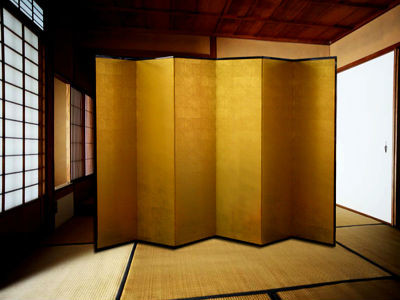I’m very grateful to be able to visit this exhibition-future world as a field trip for user experience in design and guided by a TeamLab member himself, Takasu. It is a really eye-opening and immersive experience.
The main part of this exhibition that really resonated was the interactivity aspect since I’m majoring in interactive media. I really like how every piece displayed has this very element to it, which is allowing viewers to physically interact with it as well as emotionally. There were two main types of interactivity that I found myself grouping the works under – physically and non-physical engaging. The works that were physical were “connecting!block town” , “sketch aquarium / town”, “flowers and people, cannot be controlled but live together” , “light ball orchestra” , “hopscotch for geniuses” , “story of the time when gods were everywhere” , “media block chair”, and “a table where little people live”. The works that did not allow physical touch but emotionally engaging was “universe of water particles” and “crystal universe”. There were some works that sort of border between both categories but I personally felt that there was a common ground where they all tell some sort of narrative, from the work to viewers, from viewers to viewers and perhaps also from work to work. Personally, I really value the element of narrative hence I really really enjoyed this trip.
In the work “flowers and people, cannot be controlled but live together”, is the first work viewers will see upon entering. The first thing that hit me was the smell of flowers instead of the visuals. The smell helped in letting my brain adjust to the surroundings more quickly. In this work, many people often overlook the subtle details of how people are the ones that is destroying the nature -killing the butterflies by tapping on them- but also the ones helping it rebuild it self -flowers form at where traces of people was left behind. I also appreciated how the walls where the flowers were being projected on are soft to touch instead of the hard wall that I thought it would be, this further added a positive experience of the work.
In “sketch aquarium / sketch town “, was a concept that was new to me where I’ve never experienced or seen that your own work could be part of the artwork in real time in museum exhibitions. I think this new way to engage viewers of all ages in the museum is really effective and fun at the same time. I felt that this could one area i could explore in my major in the near future.
“Crystal universe” was the work that was the most memorable for most people and undeniably, for me as well. What really hit viewers was the sheer quality and size of the work. It was a really striking experience that cannot be easily forgotten or redone. However, while most people were admiring this very beautiful piece, I found myself reflecting on how this was done. I remember in semester one of my second year in the university, I was inclined to do a project similar to this but of course in a much smaller scale. Because of that, I know that making such a work is extremely tedious from the soldering of the LEDs to the coding. Even more so when it is of such a huge scale and quality, which make me really respect the people who made this and also arouse my curiosity of how it was done.
Another prominent aspect was the style of the works. Even though they were all digital, each one of the works still held on to the element of traditional asian style. For example, the infusion of the element of a Japanese folding screen in “flowers and people, cannot be controlled but live together”. I think this is an interesting mix of both traditional with modern which a really creative concept.
After the tour of the exhibition, Takasu also gave us a lecture in the rainbow room. He shared many interesting insights and a really good philosophy of what their company, TeamLab does, something maybe i could aspire to be. What I really pondered over was what he shared about was the difference between western and eastern arts – direction vs surrounding. After he explained, I realised actually this was indeed true in reality. Like he said, one isn’t better than the other and it is really up to the creator to decide what are his aims or goals for his work and how could either methods help in it.
Featured image from here.
Image of the Japanese Folding Screen from here.











